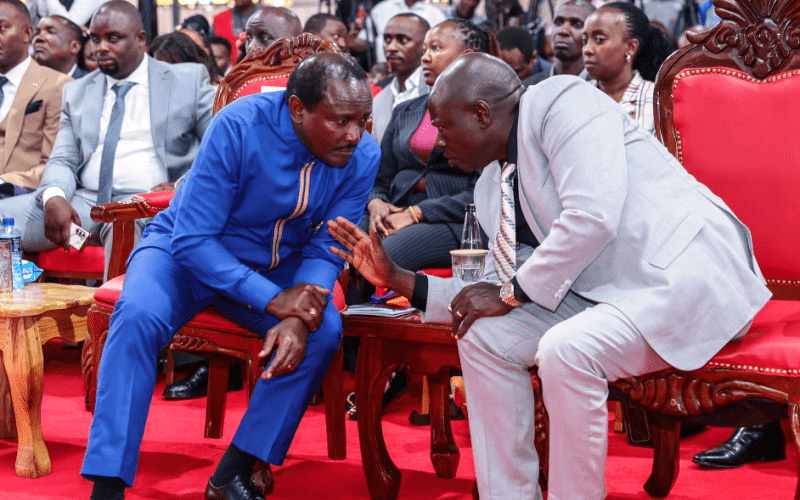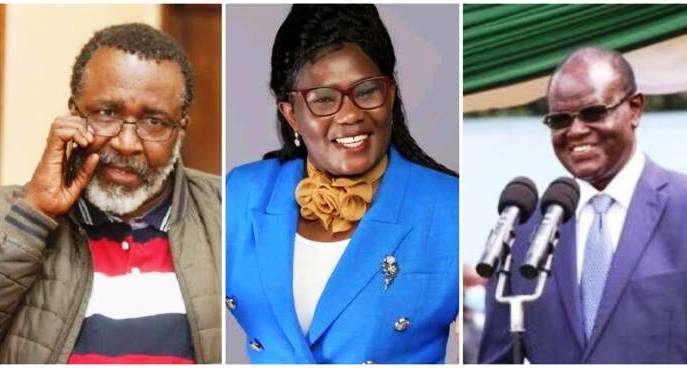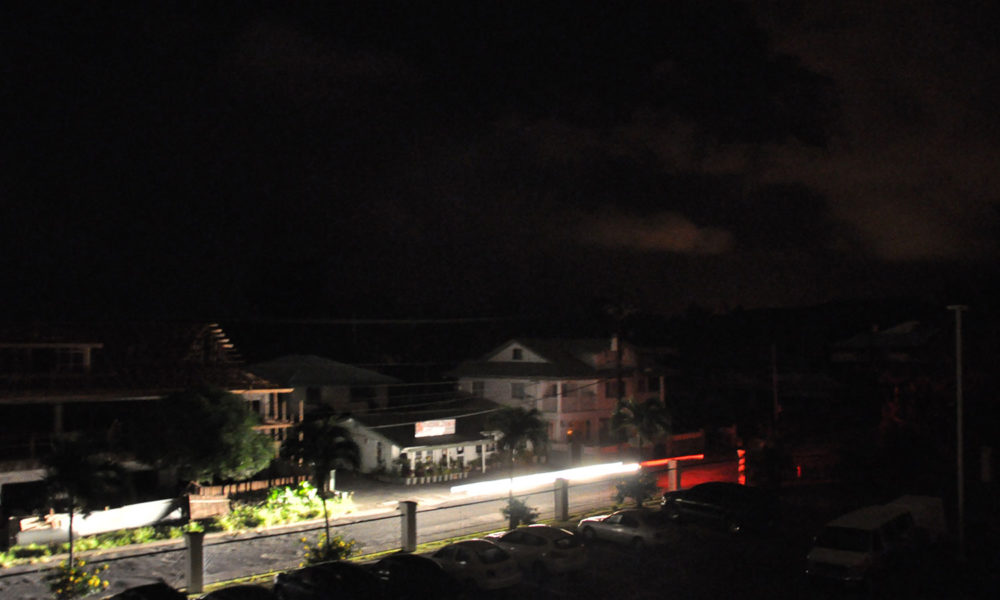The closed-door meeting, chaired by Mr Odinga himself, revealed fractures that run deep within the top echelons of the party, pitting those advocating for a broad-based political arrangement with President William Ruto against those who view the alliance as a betrayal of the party’s core principles. The highly charged session, described by insiders as “verbal fireworks,” saw sharp exchanges between senior officials and exposed growing unease over ODM’s future direction.
At the heart of the confrontation was a campaign to oust Mr Sifuna, led by key party figures including National Chairperson Gladys Wanga and Minority Leader Junet Mohammed. The group accused Sifuna of failing to align with the party’s evolving position on national governance and allegedly resisting covert plans to back President Ruto’s 2027 re-election bid under a “broad-based” political front.
Sources close to the matter confirmed that Mr Sifuna had, in private, expressed readiness to resign if the meeting failed to yield a reconciliatory outcome. However, thanks to spirited support from Kisumu Governor Prof. Anyang Nyong’o, Sifuna weathered the storm and left the room politically intact, albeit wounded.
What is raising eyebrows in political circles is the alleged involvement of operatives sympathetic to President Ruto in the attempted purge of Sifuna. Multiple insiders claim that the push to destabilise ODM from within is part of a broader scheme to reduce the party to a Luo Nyanza enclave, thereby eroding its national character and weakening it ahead of the next general election. “The goal is to orchestrate a mass walkout, paint ODM as ethnically narrow, and leave Raila Odinga politically isolated,” said a well-placed party source who requested anonymity.
Interestingly, while the anti-Sifuna camp had secured Narok Senator Ledama Ole Kina as a potential successor, the plan was thwarted when Mr Odinga refused to entertain disciplinary proceedings against Sifuna. In a strategic masterstroke, Raila reportedly struck off any discussion regarding Sifuna’s conduct from the meeting’s official agenda, choosing instead to focus on reconciliation.
Despite this temporary truce, the elephant in the room remains the controversial Memorandum of Understanding (MoU) between ODM and Ruto’s United Democratic Alliance (UDA). The mere mention of reviewing the MoU nearly turned the meeting into a shouting match, as proponents and opponents dug in, with some calling for immediate termination and others urging strategic cooperation in anticipation of political realignments.
While Raila managed to defuse immediate tensions and rally the leadership around a unity message, the cracks within ODM are now public and glaring. The outcome of this power struggle could determine whether the party maintains its relevance as a national political force or becomes a casualty of internal betrayal and external manipulation.
With the 2027 elections fast approaching, the stakes could not be higher. ODM must decide whether to remain a principled opposition movement or reinvent itself through a controversial alliance with Ruto’s UDA that could alienate its traditional base. For Raila Odinga, the path forward will require not only political tact but also unwavering resolve to shield his party from division and preserve the legacy he has spent decades building.
[/full]





